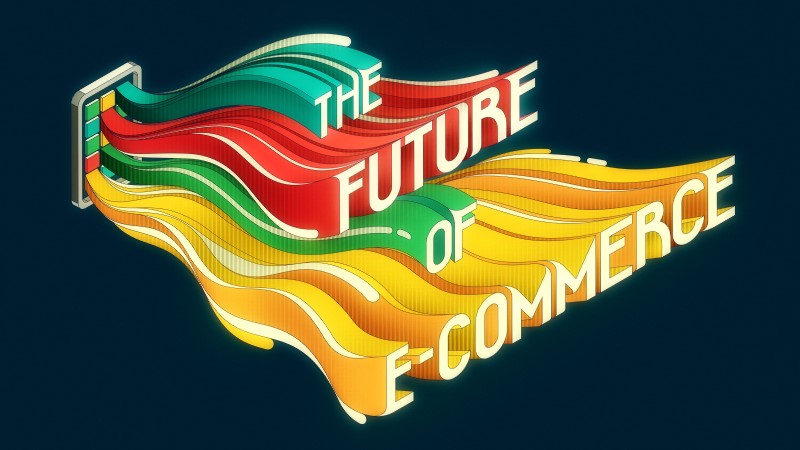
In recent years, e-commerce has witnessed a phenomenal growth trajectory, revolutionizing the way businesses operate and consumers shop
As technology continues to advance and consumer behaviors evolve, it is crucial for businesses to stay ahead of the curve in the ever-changing e-commerce landscape. This article explores the key trends and strategies that will shape the future of e-commerce and help businesses thrive in this competitive environment
1. Mobile Commerce:
One of the most significant trends shaping the future of e-commerce is the dominance of mobile commerce, or m-commerce. With the increasing ubiquity of smartphones and tablets, consumers are turning to their mobile devices for online shopping. Businesses must optimize their websites and create seamless mobile experiences to cater to this growing segment of mobile shoppers. Additionally, leveraging mobile payment technologies and implementing user-friendly mobile apps will be crucial for success.
2. Personalization and Artificial Intelligence (AI):
As data analytics and AI technologies continue to advance, personalization has become a key driver of success in e-commerce. Consumers expect tailored experiences that cater to their specific needs and preferences. By utilizing AI algorithms and machine learning, businesses can analyze vast amounts of customer data to deliver personalized product recommendations, targeted marketing campaigns, and customized shopping experiences. Embracing AI-powered chatbots and virtual assistants can also enhance customer service and improve overall satisfaction.
3. Omni-channel Integration:
The future of e-commerce lies in providing a seamless and integrated shopping experience across multiple channels. Consumers now expect to be able to browse products online, make purchases through various platforms, and receive flexible delivery and return options. Businesses must adopt an omni-channel approach, ensuring consistency in branding, pricing, and customer service across all touchpoints. This integration enhances customer engagement, fosters brand loyalty, and drives conversions.
4. Sustainability and Ethical Practices:
With the growing awareness of environmental and social issues, consumers are increasingly demanding sustainable and ethically produced products. E-commerce businesses need to prioritize sustainability in their supply chain, packaging, and product offerings. This includes embracing eco-friendly practices, reducing waste, supporting fair trade, and transparently communicating their efforts to consumers. Brands that align themselves with sustainable values and purpose-driven initiatives will gain a competitive edge and attract conscious consumers.
Conclusion:
The future of e-commerce holds immense potential for businesses willing to adapt and innovate. By embracing mobile commerce, leveraging personalization and AI, integrating omni-channel strategies, and adopting sustainable practices, businesses can position themselves for success in the rapidly evolving e-commerce landscape. Staying ahead of the trends, understanding customer needs, and delivering exceptional experiences will be key to thriving in the digital marketplace of tomorrow.

